
What to see in Vietnam?
Vietnam is a state in Southeast Asia, located along the coast of the South China Sea. The country borders China, Laos and Cambodia. The population of Vietnam exceeds 95 million people.
Vietnam has a rich history and unique culture. Over the centuries, the country has experienced periods of prosperity and decline, wars with France and the United States. Today Vietnam is a rapidly developing country with a dynamic economy based on agriculture, light industry and tourism.
Vietnam is famous for its diverse landscapes, from the mountains in the north to the Mekong Delta in the south. The capital, Hanoi, retains French colonial era architecture. In the south is the major port of Ho Chi Minh City, formerly Saigon.
Do not miss the opportunity to get acquainted with the amazing country of Vietnam! Order a visa in our company and go on an exciting journey through this pearl of Southeast Asia. We will make your trip comfortable and carefree!

Order Vietnam visa online now
When is the best time to visit Vietnam
Vietnam has a comfortable tropical climate, so you can travel all year round. However, each region has its own optimal seasons:
North (Hanoi, Halong Bay, Sapa): the best months are October-November and March-April, when it is not so hot and there is less rainfall.
Central Vietnam (Hue, Da Nang, Hoi An): ideal in January-August during the dry season. From September to December, showers are possible.
South (Ho Chi Minh City, Mekong, islands): dry season from January to April, and July to September during the southwest monsoon.
The mountains (Sapa, Dalat) are best visited during the dry months from November to March, when it is cooler.
Beach vacations at the resorts are possible all year round, but the peak season is from December to April.
Do not miss the opportunity to visit this amazing country and enjoy its beauty and culture.
Why choose Visa-Navigator.com:
We will contact you as soon as possible.
Kind regards,
Visa-Navigator.com team
 Algeria
Algeria
 Angola
Angola
 Benin
Benin
 Botswana
Botswana
 Burkina Faso
Burkina Faso
 Burundi
Burundi
 Cameroon
Cameroon
 Cape Verde Islands
Cape Verde Islands
 Chad
Chad
 Congo Rep.
Congo Rep.
 Côte d'Ivoire
Côte d'Ivoire
 Egypt
Egypt
 Equatorial Guinea
Equatorial Guinea
 Ethiopia
Ethiopia
 Djibouti
Djibouti
 Gabon
Gabon
 Ghana
Ghana
 Guinea
Guinea
 Kenya
Kenya
 Malawi
Malawi
 Mali
Mali
 Morocco
Morocco
 Mozambique
Mozambique
 Namibia
Namibia
 Niger
Niger
 Rwanda
Rwanda
 Sao Tome and Principe
Sao Tome and Principe
 Sierra Leone
Sierra Leone
 Southern Sudan
Southern Sudan
 South Africa
South Africa
 Sudan
Sudan
 Tanzania
Tanzania
 Togo
Togo
 Uganda
Uganda
 Zimbabwe
Zimbabwe
 Zambia
Zambia


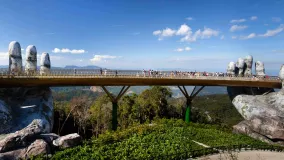
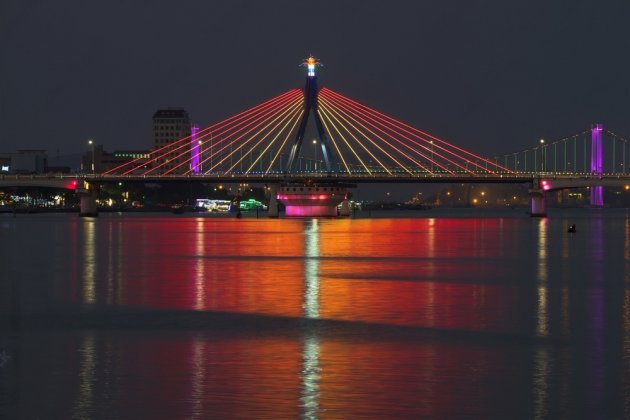
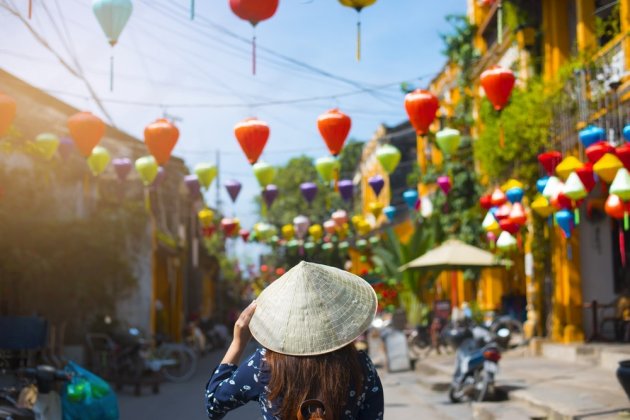
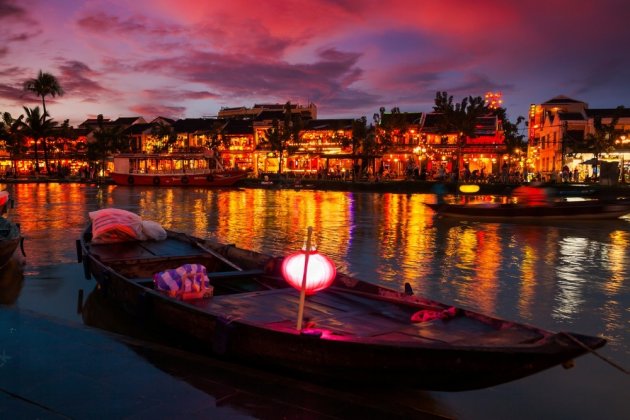
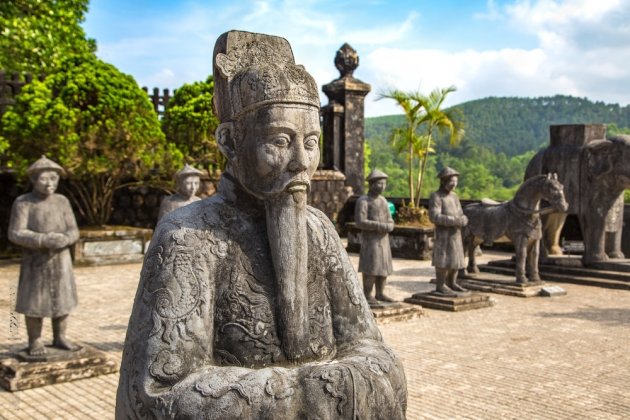
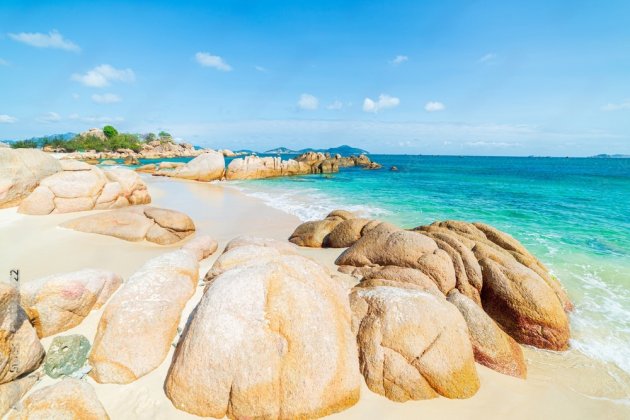
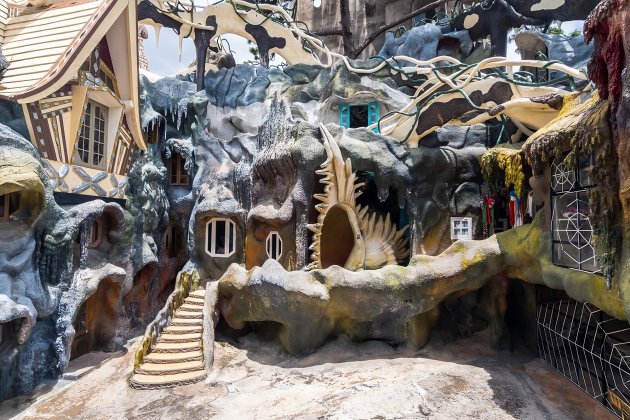
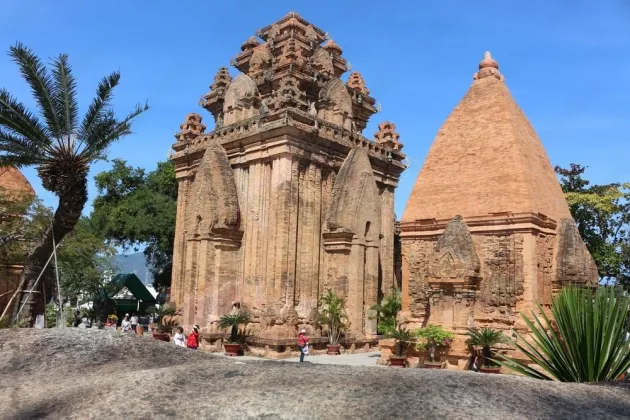
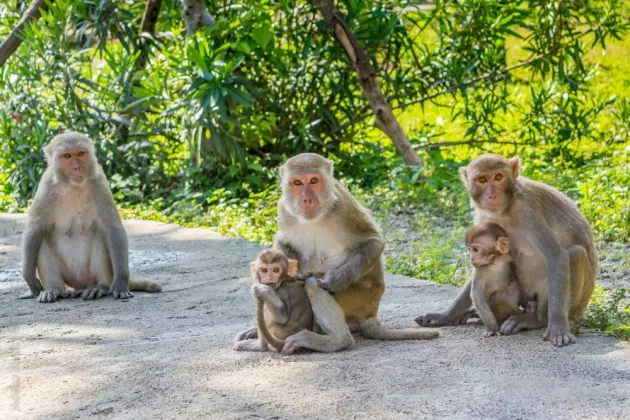
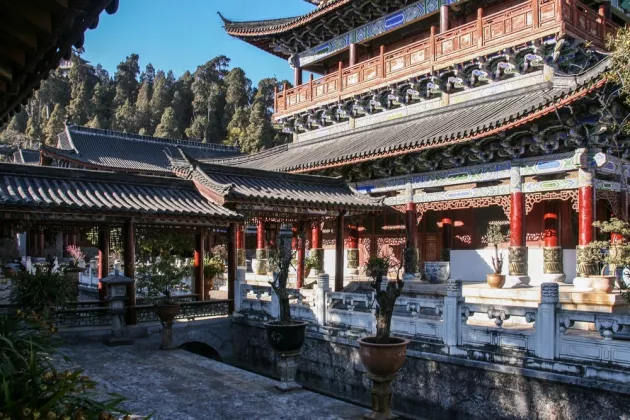
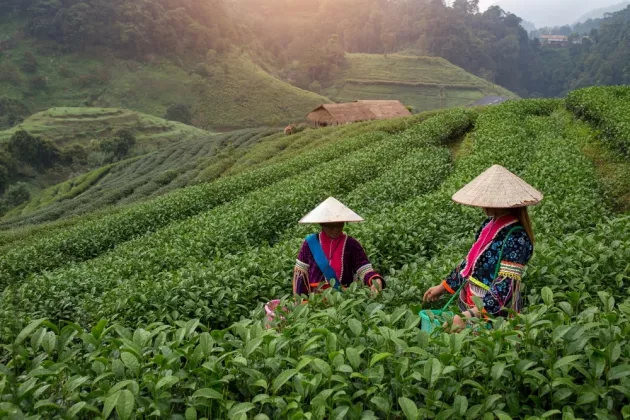
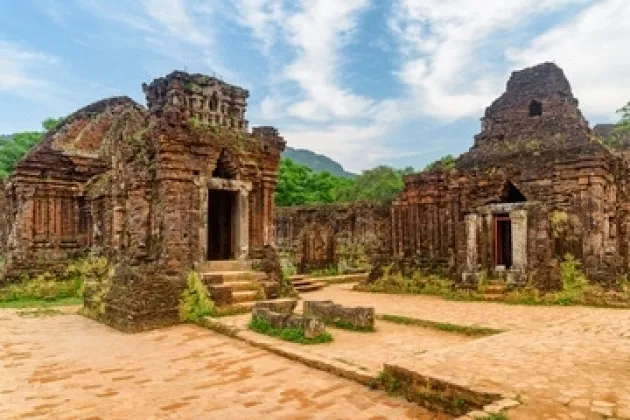
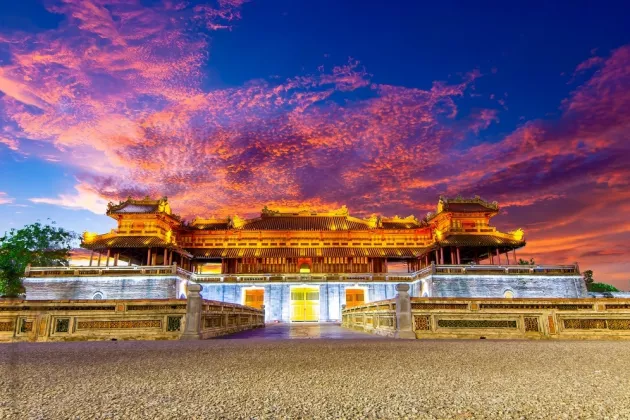
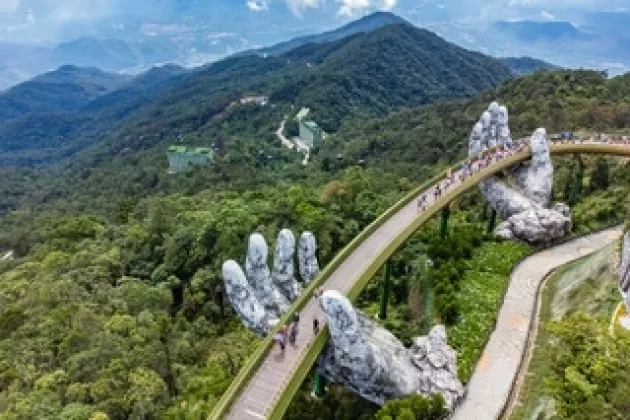
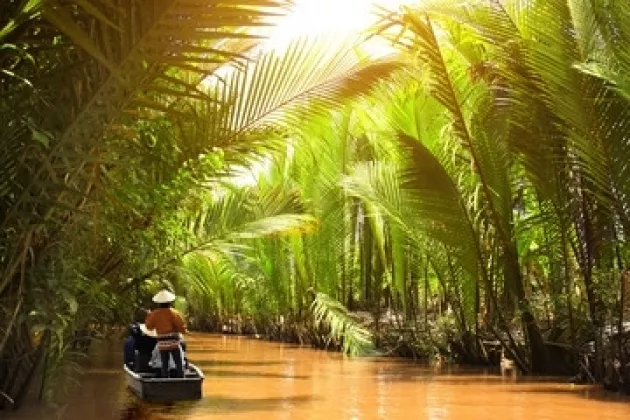
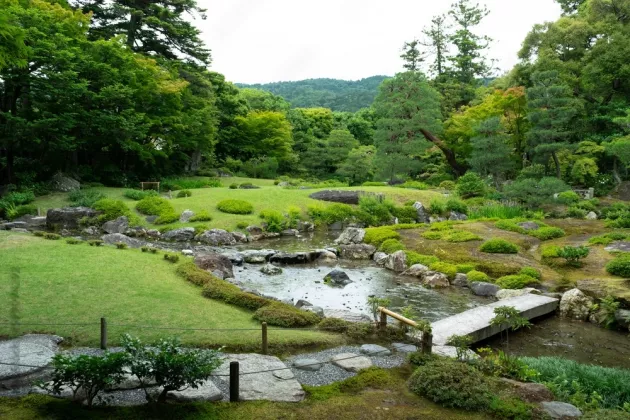
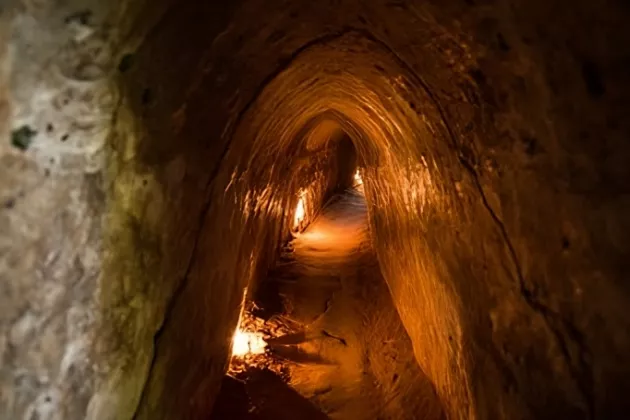
 Azerbaijan
Azerbaijan
 Belarus
Belarus
 Russia
Russia
 United Kingdom
United Kingdom
 Turkey
Turkey
 Bahrain
Bahrain
 Bangladesh
Bangladesh
 Bhutan
Bhutan
 Cambodia
Cambodia
 China
China
 Indonesia
Indonesia
 India
India
 Iran
Iran
 Kazakhstan
Kazakhstan
 Jordan
Jordan
 Kuwait
Kuwait
 Laos
Laos
 Lebanon
Lebanon
 Maldives
Maldives
 Mongolia
Mongolia
 Myanmar
Myanmar
 Nepal
Nepal
 Oman
Oman
 Pakistan
Pakistan
 Philippines
Philippines
 Saudi Arabia
Saudi Arabia
 South Korea
South Korea
 Sri Lanka
Sri Lanka
 Tajikistan
Tajikistan
 Thailand
Thailand
 Turkmenistan
Turkmenistan
 UAE
UAE
 Uzbekistan
Uzbekistan
 Yemen
Yemen
 Bolivia
Bolivia
 Antigua and Barbuda
Antigua and Barbuda
 Bahamas
Bahamas
 Canada
Canada
 Cuba
Cuba
 Montserrat
Montserrat
 Puerto-Rico
Puerto-Rico
 St. Kitts and Nevis
St. Kitts and Nevis
 USA
USA
 Australia
Australia
 Papua New Guinea
Papua New Guinea
 New Zealand
New Zealand